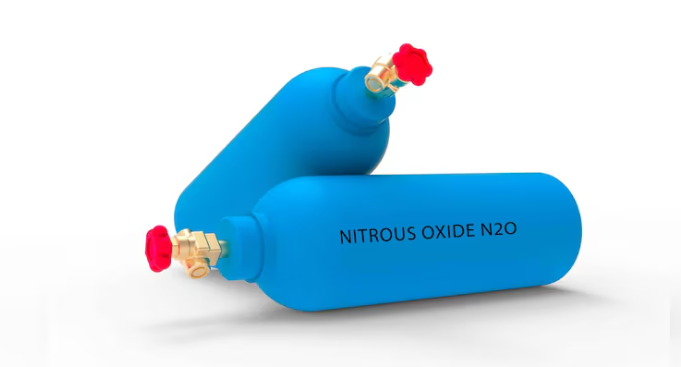The Global Nitrous Oxide Budget 2024 (GS Paper 3, Environment)

Introduction
- A recent study conducted by the Global Carbon Project (GCP) has shed light on the alarming rise in nitrous oxide (N2O) emissions, highlighting the urgent need for mitigation strategies to address this pressing environmental issue.
- This article provides an overview of the key findings from the study, explores the implications of rising N2O emissions, and discusses proposed solutions to mitigate its environmental impact.
Key Findings from the GCP Study
- Rising Emissions: N2O emissions from human activities have surged by 40% between 1980 and 2020, with particularly rapid increases observed in 2021 and 2022.
- Top Emitters: China, India, the US, Brazil, and Russia emerged as the top emitters of N2O, with India ranking as the second-largest emitter globally.
- Per-Capita Emissions: Despite its significant contribution to global emissions, India has the lowest per capita emission of N2O compared to other major emitters.
- Concentration in Atmosphere: The concentration of atmospheric N2O has reached 336 parts per billion in 2022, exceeding pre-industrial levels by 25%.
- Absence of Removal Technologies: Currently, there are no viable technologies capable of removing N2O from the atmosphere, underscoring the urgency of addressing its sources.
Sources of Nitrous Oxide Emissions
- Natural Sources: Oceans, inland water bodies, and soil contribute to approximately 11.8% of global N2O emissions.
- Human-Driven Sources: Agricultural activities, particularly the use of nitrogen-based fertilizers and animal waste, account for 74% of human-driven N2O emissions. Other significant sources include industry, combustion, and waste treatment.
Implications of Rising N2O Emissions
- Global Warming: N2O is approximately 300 times more effective than carbon dioxide at trapping heat, exacerbating global warming.
- Ozone Depletion: N2O breaks down in the stratosphere, leading to the depletion of the ozone layer and increased UV radiation, posing risks to human health and ecosystems.
- Food Security: The intensification of agricultural activities, coupled with the growing demand for food, may further escalate N2O emissions, creating a dilemma between food security and climate goals.
- Paris Climate Agreement: Rising N2O emissions present a significant challenge to achieving the goals outlined in the Paris Climate Agreement.
Proposed Solutions for Mitigation
- Innovative Agricultural Practices: Precision agriculture, nitrification inhibitors, cover cropping, and anti-methanogenic feed for livestock can help reduce N2O emissions from agricultural activities.
- Utilization of Nano-Fertilizers: Nano-fertilizers can minimize excess nitrogen and reduce N2O emissions by delivering nutrients directly to plant roots.
- Effective Policy Measures: Implementation of emission trading schemes, targeted subsidies for sustainable practices, and increased research funding are essential for mitigating N2O emissions.
- Addressing Emissions from Other Sources: Regulations and cleaner technologies in industrial processes, optimization of combustion processes, and advancements in waste management can contribute to N2O emission reduction efforts.
Conclusion
- The findings of the Global Nitrous Oxide Budget 2024 underscore the urgent need for concerted action to curb N2O emissions and mitigate their adverse environmental impacts.
- By adopting innovative agricultural practices, implementing effective policy measures, and addressing emissions from various sources, stakeholders can work towards achieving sustainable development goals and safeguarding the health of the planet for future generations.


